A Sturgeon is a large, primarily freshwater fish. Researchers recognize at least 23 different species, all of which they place in the taxonomic family Acipenseridae. Their closest relatives are the paddlefish.
These fish grow quite large, and live long lives. Unfortunately, this means that they reproduce late in life, making it difficult to replenish their populations. Humans threaten several species by harvesting them for caviar. Read on to learn about the Sturgeon.
Description of the Sturgeon
Across the many species, these fish have large, stout bodies and skin protected with several rows of bony plates. These plates, known as “scutes,” lie in rows across their scaleless skin. Their rostrum, or snout, protrudes distinctly outward and upward.
Most species grow to impressive lengths. Some reach lengths of 20 ft. or more and weigh over 3,000 pounds! Researchers believe that several hundred years ago these fish reached those sizes readily, but overfishing has drastically reduced their populations and longevity.
Interesting Facts About the Sturgeon
This massive fish faces severe threat from human interaction. Learn why this is so, and what makes these fish so unique, below.
- Ancient Animals – Researchers sometimes refer to these fish as “living fossils.” This is because over millions of years of evolution, these fish have not changed very drastically. The Sturgeons swimming today are quite similar to those that swam alongside the dinosaurs!
- Caviar – Humans hunt these fish extensively. They use their eggs as caviar, and also market their meat as well. Caviar demand has caused the populations of most species to severely plummet.
- Slow Reproduction – Unfortunately for these fish, their breeding process is quite slow. From the time of hatching, it takes between 15 and 20 years for a fish to begin reproducing. This means that, when humans kill off the adults in the population, it takes many years for the younger fish to reach breeding age and replenish their numbers.
- Shrinking Size – Another impact of human pressure on these creatures is their declining size. For hundreds of years, fishermen have targeted the largest possible individuals. Over time, they have removed all the largest fish from the gene pool, and reduced the overall size of the population. Overfishing also prevents younger fish from reaching their full size.
Habitat of the Sturgeon
Some species live in freshwater habitats. They inhabit rivers, lakes, ponds, and other freshwater ecosystems. However, most species live primarily in saltwater or brackish water, and migrate to freshwater to spawn. Within their ecosystem, they spend most of their time foraging near the bottom.
Distribution of the Sturgeon
All of the various species live north of the Equator. They range from subtropical regions to subarctic regions. Each species has its own unique range and distribution. Some live across vast regions, while others live in just a small area. Sadly, many species have severely reduced populations and live in just a fraction of their former range.
Diet of the Sturgeon
Similar to stingrays, these fish’s mouths sit well underneath their head. Because of this, they primarily forage along the bottom when searching for prey. When this fish finds a potential meal, it does not bite at it. Instead it creates a suction with its mouth.
Some common prey items include crabs, flounder, anchovy, salmon, clams, worms, mussels, crayfish, and more.
Sturgeon and Human Interaction
Humans have harvested these fish for their meat and eggs for hundreds of years. This overfishing has resulted in severe population depletion across many of the various species. The IUCN lists an alarming number of species as Critically Endangered.
Outside of overfishing, population decline is also impacted by the building of dams, pollution, invasive species, and climate change.
Domestication
Humans have not domesticated these fish in any way.
Does the Sturgeon Make a Good Pet
No, Sturgeons do not make good pets. They are incredibly rare, and every individual is important for the survival of the species. Additionally, you would find it quite difficult to fit one in your home aquarium!
Sturgeon Care
Some zoos and private facilities house these fish. In farming situations, they can remove the eggs from the fish for caviar without killing the animal. Because they grow quite large, adults need lots of space to swim comfortably. They also prefer moving water, which simulates their river habitats.
In zoos and aquariums, these fish eat commercially produced fish foods, shrimp, crabs, fish, clams, and other seafoods.
Behavior of the Sturgeon
Most species spend their time foraging at the bottom of rivers or along the sea floor. They search for prey using their Ampullae of Lorenzini, which detect electromagnetic fields produced by their prey.
Social behavior varies from species to species. Some species congregate year-round, especially around food sources. Other species live primarily solitary lives, but create large groups when breeding season arrives.
Reproduction of the Sturgeon
For many species, researchers have not had the opportunity to thoroughly study the reproductive behaviors and rates. For the most part, these large fish congregate in large groups to spawn, usually by swimming upriver into freshwater environments.
The females lay thousands of eggs at a time, and the males release their sperm to fertilize them. It takes about a week for the eggs of most species to hatch. The young receive no parental care. It takes about 15 – 20 years for the fish to reach sexual maturity.

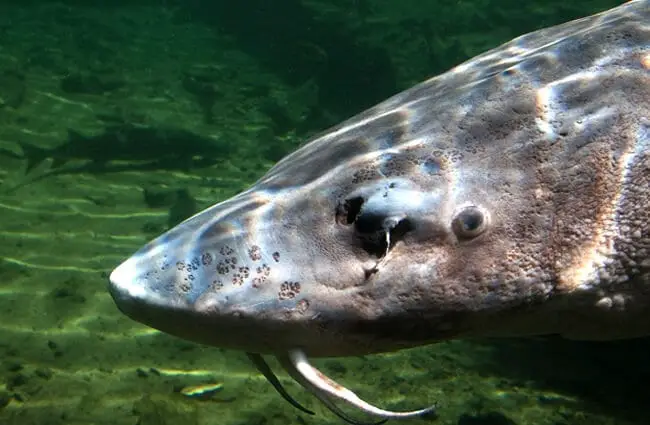
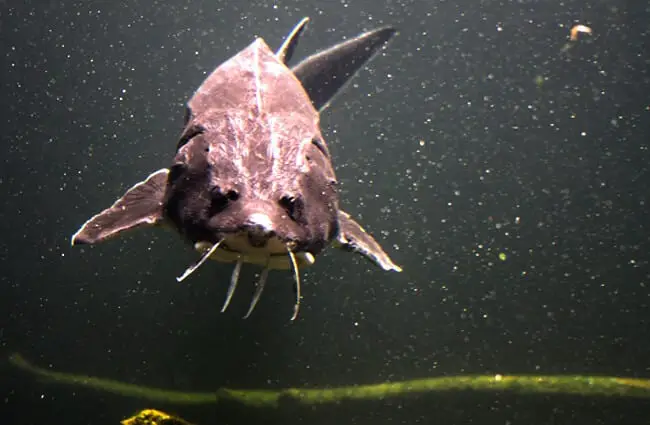
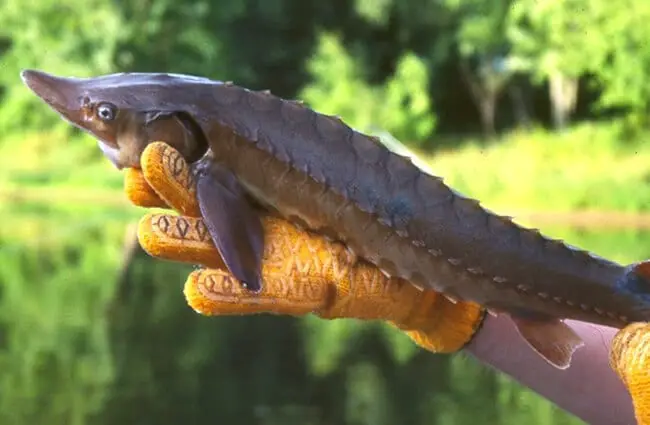
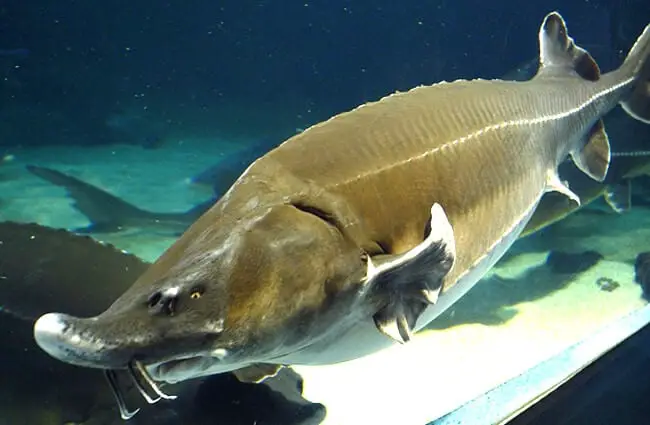


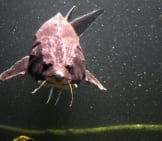
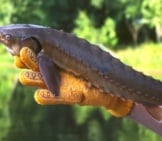

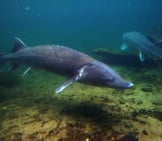
![Red Angus Closeup of a beautiful Red Angus cowPhoto by: U.S. Department of Agriculture [pubic domain]https://creativecommons.org/licenses/by/2.0/](https://animals.net/wp-content/uploads/2020/03/Red-Angus-4-238x178.jpg)












![Red Angus Closeup of a beautiful Red Angus cowPhoto by: U.S. Department of Agriculture [pubic domain]https://creativecommons.org/licenses/by/2.0/](https://animals.net/wp-content/uploads/2020/03/Red-Angus-4-100x75.jpg)

